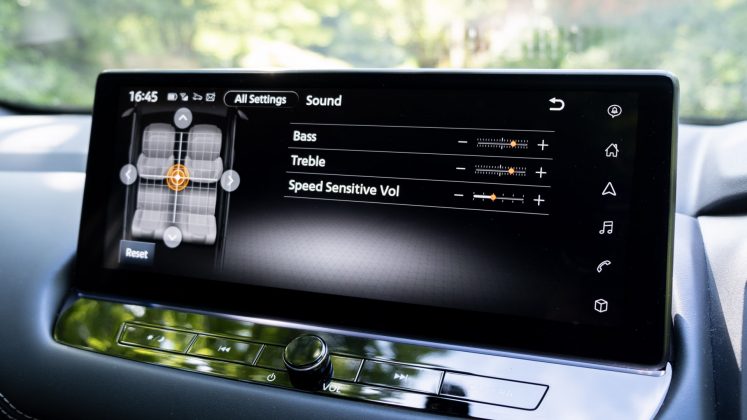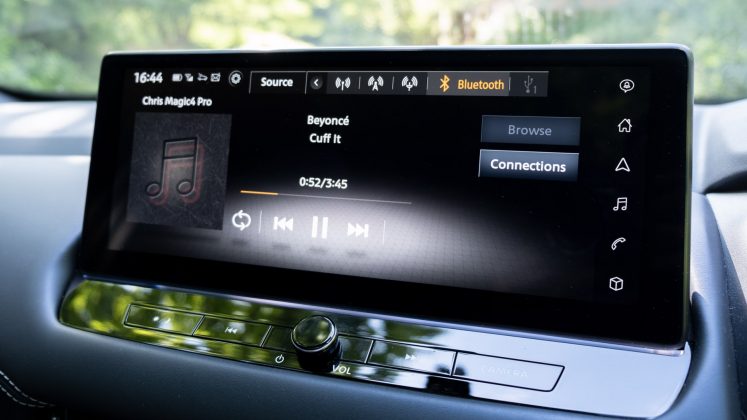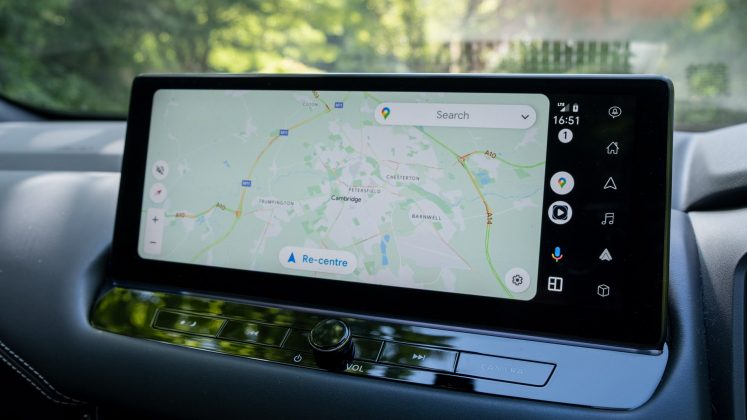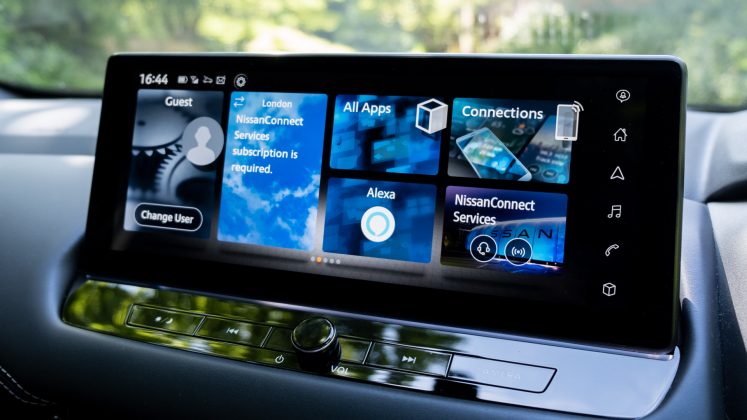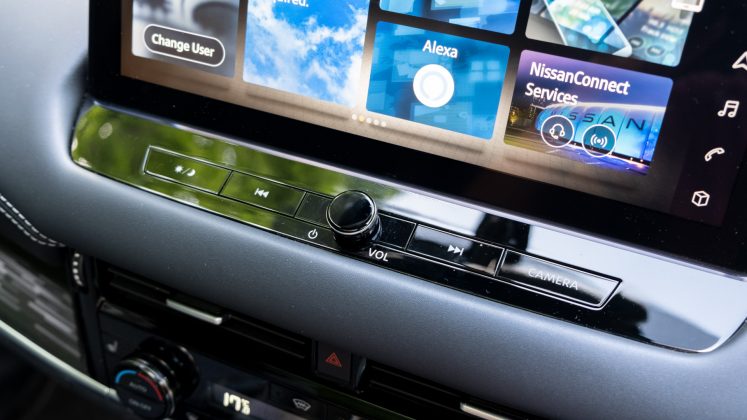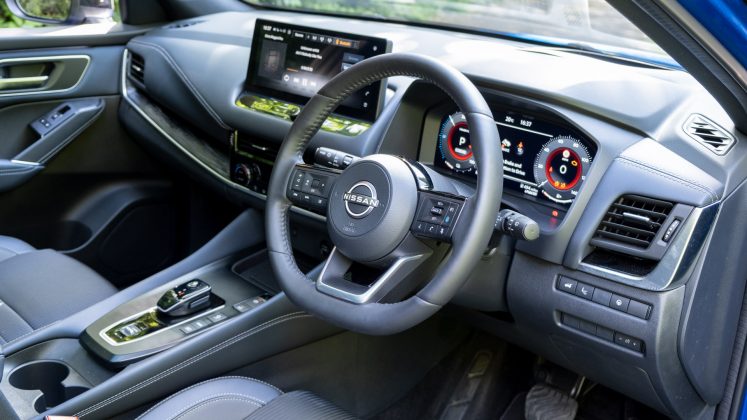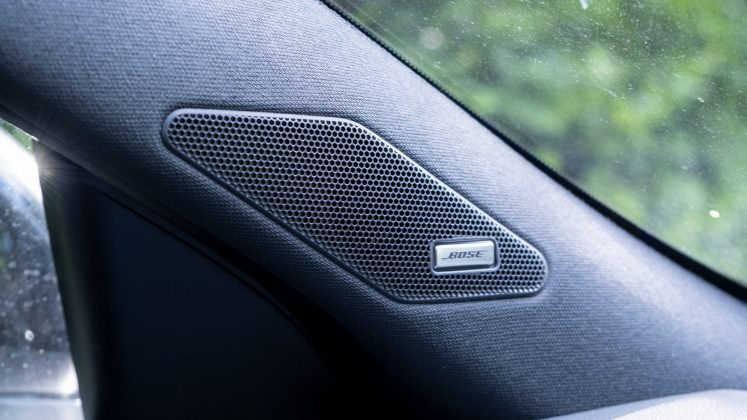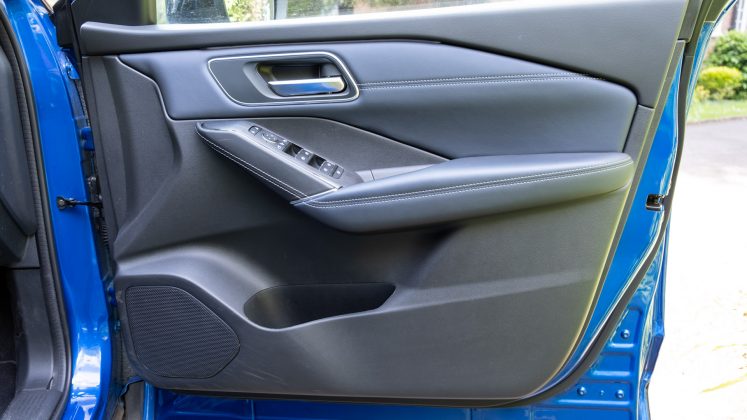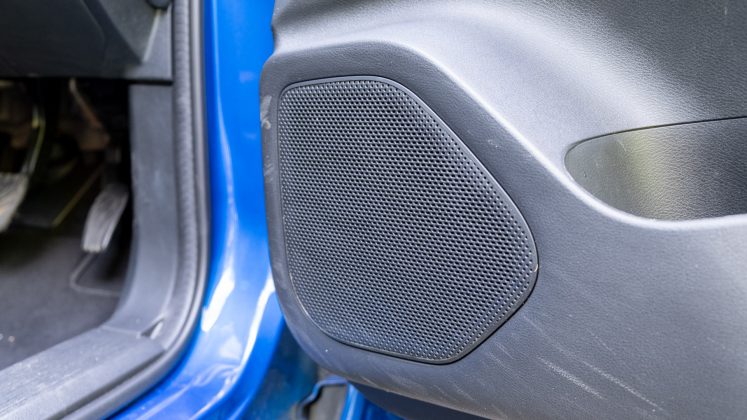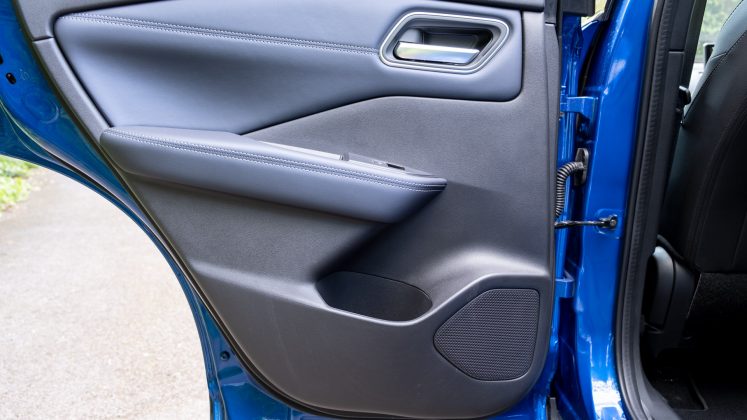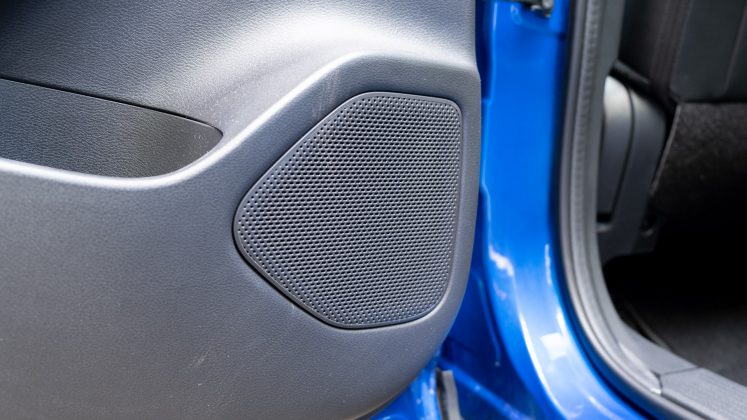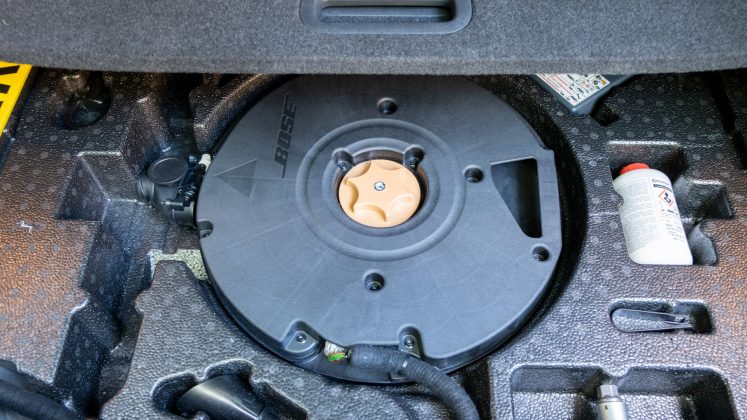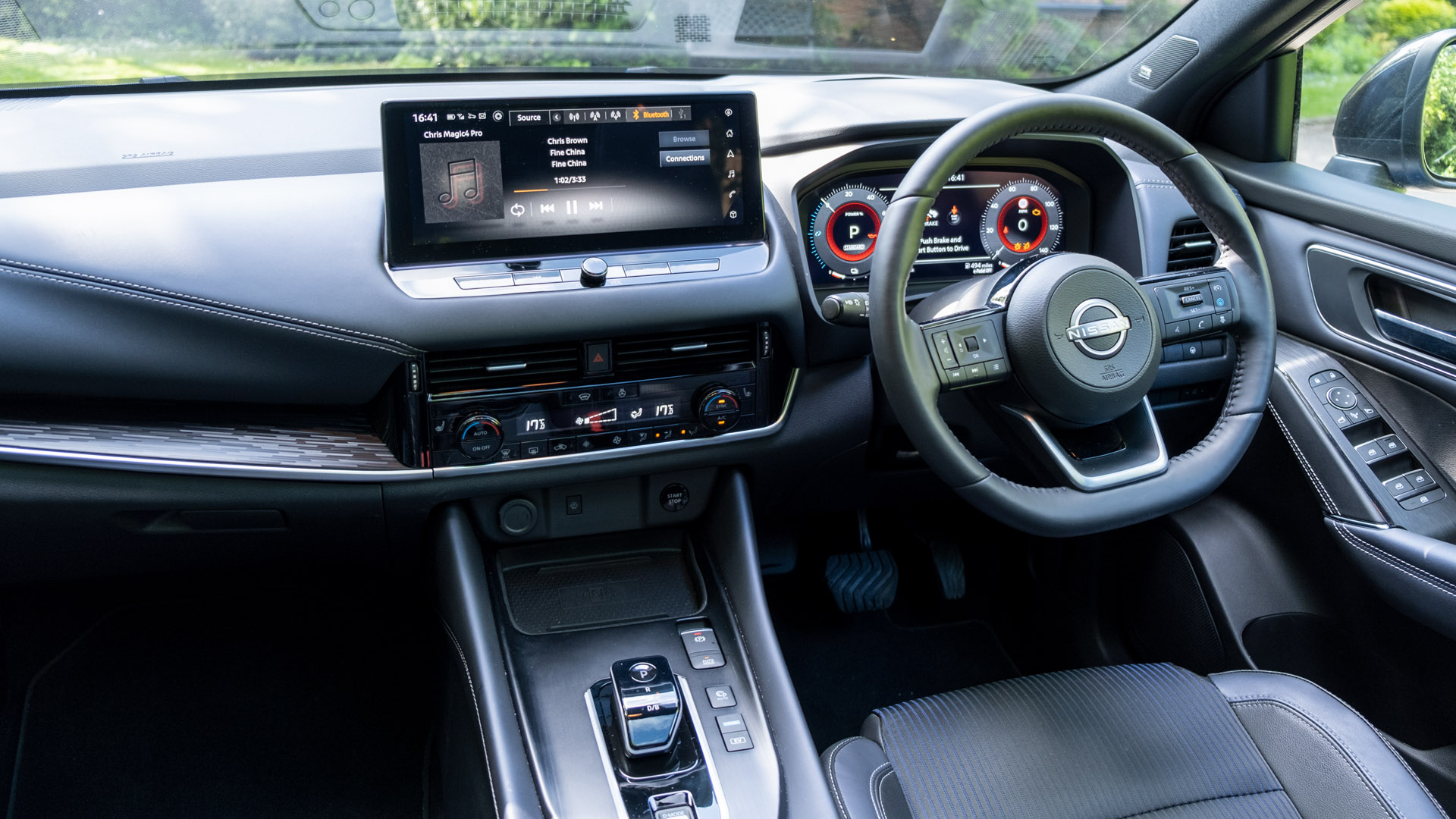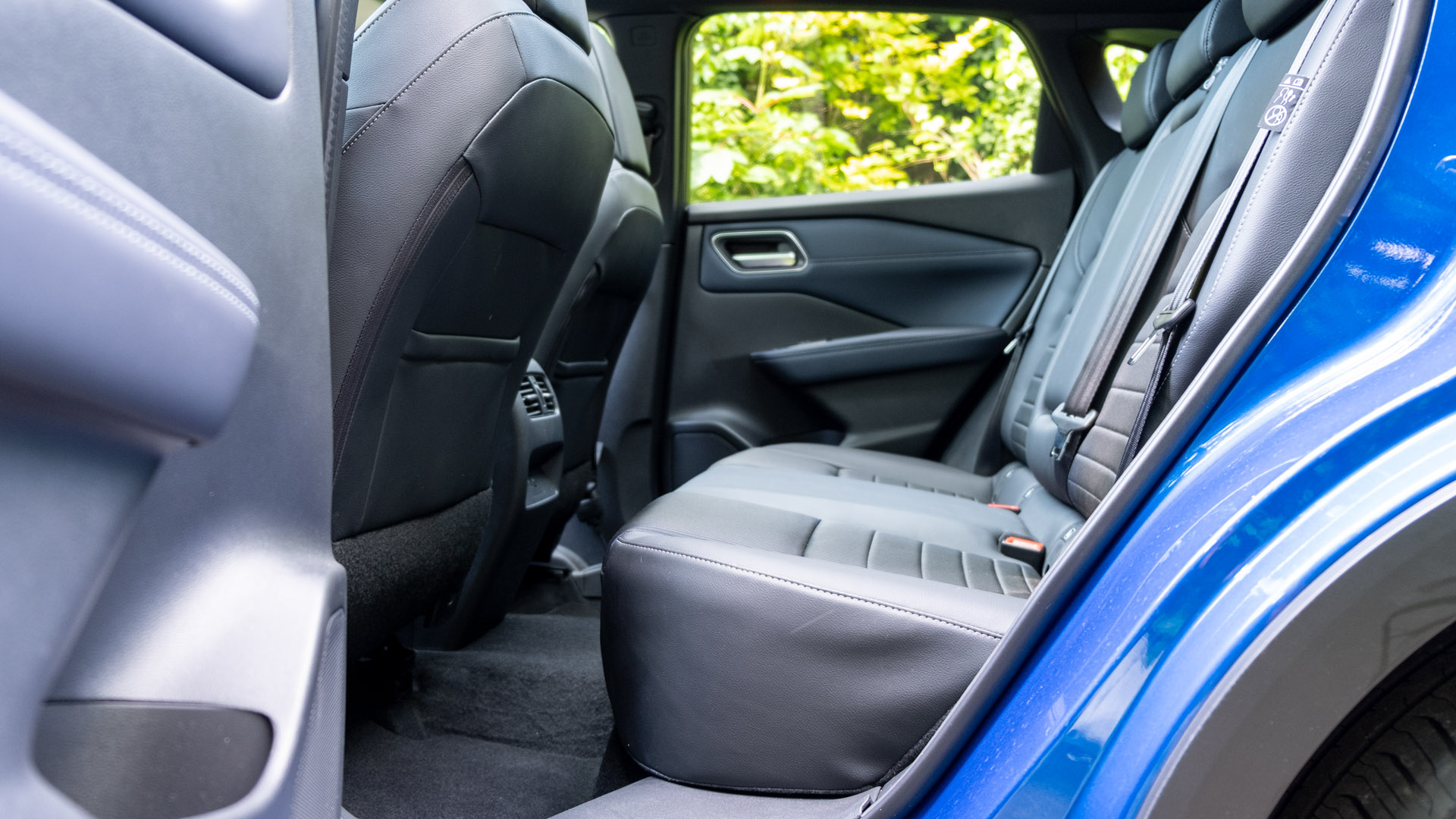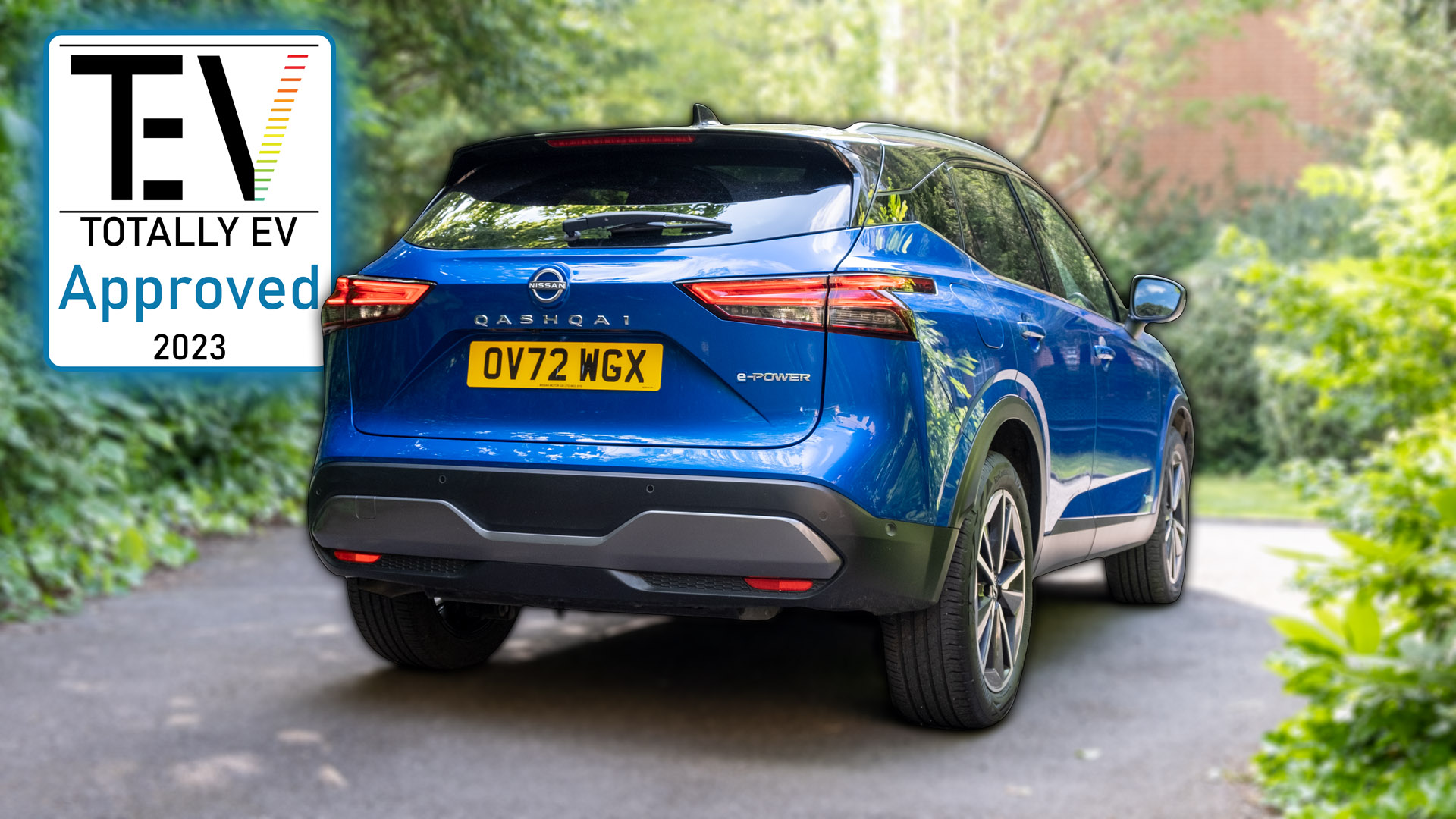The Nissan Qashqai is one of the manufacturer’s most popular vehicles. It’s available in a few different configurations – aside from the trim levels, it’s now offered as a mild-hybrid and the more advanced e-Power technology. We found the latter to be a comprehensive package but one that also lacked fuel efficiency – at least when compared to hybrid alternatives.
In terms of its audio configuration, the Qashqai houses an identical configuration to the larger X-trail. There are four audio drivers in the Visia trim, six within the Acenta Premium and above, and a 10-speaker Bose system available as a £590 option in the Tekna trim or as standard in the top-spec Tekna+.
Click here to read the full Nissan Qashqai review
Nissan Qashqai audio setup
To tinker with the vehicle’s audio settings, you’ll have to navigate to the appropriate menu on the 8″ or 12.3″ infotainment system – here are our optimal settings for the Bose system:
- Bass: +4
- Treble: +4
- Balance & Fader: Centre
In order to connect to the vehicle’s system, Apple CarPlay and Android Auto are both supported over a wired connection. The former system is also supported over a wireless connection, while the latter is only officially supported over a wired connection. Of course, Bluetooth is also an option with the SBC codec supported only – for the utmost sound quality, we’d always suggest plugging in your smartphone.
Moving onto media controls, they can be accessed through the display, via the volume and media controls found just below and through the physical buttons located on the steering wheel.
Read next: Honda Civic audio review: Upgrade to the Bose system?
Nissan Qashqai audio performance
For a demo of the Nissan Qashqai’s audio system head on over to our YouTube channel.
In terms of its audio configuration, the Visia trim houses two speakers at the rear and two at the front of the cabin. The Acenta Premium adds a further two at the front to take it up to six.
For £590 in the Tekna trim (or as standard in the Tekna+), you’ll find a total of 10 speakers. At the rear, it’s unchanged from the Acenta Premium trim, with a 5.25″ speaker positioned within each of the doors. At the front, there are six speakers: a 6×9″ driver within each of the doors, a 1″ tweeter in the A-Pillars and a 2.5″ midrange speaker at each extremity of the dashboard. To complete the system, there is an Acoustimass Bass Box in the boot which is comprised of two speakers, taking the tally up to ten. Wattage claims aren’t provided by the audio manufacturer.
The inclusion of a subwoofer in the Bose system certainly bolsters the vehicle’s sub-bass response. Indeed, songs that have a pronounced low-end rumble come to life; while, it’s not quite up there with more premium systems that offer an even better lower-end extension, it’s still a notable upgrade over the Acenta Premium system that omits a subwoofer altogether.
As for the mid-bass tones, they’re punchy. In ‘Me & U’ by Cassie the bass slams are pronounced and controlled. We found that adding four notches to the ‘Bass’ EQ really helped bolster the overall presence in the low-end tones. Of course, this is quite subjective, so if you listen to non-bass-orientated music such as classical, you might want to leave it at its default configuration.
Read next: The best dash cams to mount inside your vehicle
However, the system’s warm sound signature does affect the mid-range tones, namely the lower mids, which sound pushed back and recessed. Adding three notches to the ‘Treble’ EQ helps bolster the mid-range tones. However, as both the mid and high frequencies are altered with this setting, we’d avoid going overboard as it can lead to unwanted sibilance and harshness, which ultimately leads to ear fatigue.
Indeed, the highs have got a good amount of zing, namely at the front of the cabin due to the inclusion of dedicated tweeters within the doors and the extra audio driver found within the dashboard. Unfortunately, it’s not all rosy, as at the rear of the cabin there are no tweeters, which means those sitting at the back will miss out on that toe-tapping feeling.
Speaking of which, the overall soundstage reproduction is quite disappointing. The system has a uni-directional sound due to its speaker configuration; even for those sat at the front, there isn’t that degree of engagement and fulfilment as you’d find on vehicles from the likes of Tesla or even Kia.
Expanding on that point, it’s surprising not to see the ‘Bose Centerpoint‘ option available in the Nissan Qashqai. While it isn’t present in the older Nissan Leaf nor its sibling the X-Trail, you will find it on newer vehicles such as the Honda Civic hybrid, which houses a 12-speaker Bose system instead. There are some pros and cons of using said technology but the added dynamism, width and depth, which is lacking in the Qashqai, would have bolstered the overall experience.
With that said, there’s good instrument separation that can be heard at the front of the cabin, which helps keep the front passengers excited when listening to more challenging tracks or live recordings.
Finally, onto cabin noise, the Qashqai provides a good amount of noise isolation but is slightly hindered at higher speeds. Using a sound meter, we recorded 35-36 dBA at a standstill; driving at 20mph, 56-59 dBA; driving at 30-40mph, 61-64 dBA; and at 70mph, 70-73 dBA.
Read next: Nissan X-Trail audio review: A Bose upgrade?
TotallyEV’s verdict on the Nissan Qashqai’s audio system
On the whole, the Bose system within the Nissan Qashqai trims will provide consumers with better low-end prowess thanks to a subwoofer and a more exciting sound due to extra audio drivers found at the front of the cabin. As such, the upgraded configuration receives TotallyEV’s Approved audio award.
Find the best Nissan Qashqai deals
With that said, the Nissan Qashqai’s audio system can’t compete with some of the alternatives out there on the market, and it’s equally disappointing to only see a ‘Bass’ and ‘Treble’ EQ and not a multi-band EQ like some of its cheaper rivals. Thus, audiophiles might want to look elsewhere for bettered audio reproduction and customisation.
Would you upgrade to the Tekna trim for the upgraded Bose system? Let us know in the comments section below or via social media; we’re on: YouTube, Instagram, Facebook, Twitter and LinkedIn.

